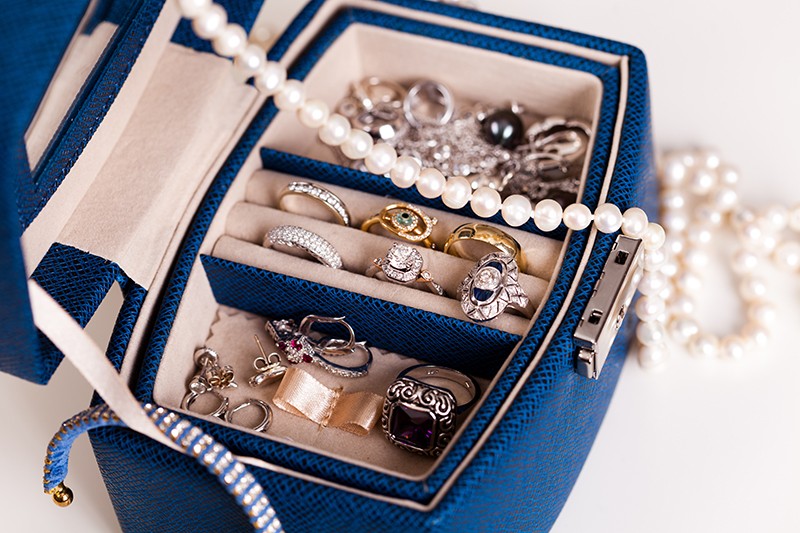Diamonds are a girl’s best friend. So make sure you take care of it just as you would your closest pal.
Insuring fine jewelry can be just as important as protecting your home or car. It is an asset that you want to keep safe and locking it away to keep it in a safe is no fun. You want the recipient of the fine gift to enjoy it without worry.
To insure a piece of fine jewelry, follow these simple steps:
- Get an appraisal. Most fine jewelry stores have certified appraisers who work for them to evaluate and document the value of your piece. They will provide you with a formal appraisal describing the item and how much it would cost to replace it. In some cases, an appraisal may be higher than the price you paid.
- Find out if your existing homeowners/renters policy covers jewelry. If your existing policy does not cover it or its coverage level is not high enough, you may need to seek out a separate policy.
- Purchase a separate policy for jewelry, if needed. Questions to ask if you need a new policy:
- What is covered? Only theft or will it also cover loss or damage?
- If a claim is filed, will they send you a check for value or require you to replace the item with a same or similar piece from a certain store? Will the item be fully or only partially covered?
- How will you be required to prove loss of an item?
Updating Existing Appraisals Is Important Too
Even if you didn’t receive new jewels recently, you may also want to consider updating any existing appraisals you have on record for jewelry. It’s the best way to make certain you are insuring your jewelry to its proper value.
Here are some reasons why:
- If the market prices of precious metals, diamonds, and fine jewels rise or fall, it could change the value of your jewelry.
- Vintage, antique, and collectible jewelry styles go in and out of favor, causing the values to go up or down.
- Values rarely remain constant, and your policies should change accordingly.
As with all insurance, you’re protecting what matters to you and the investments you’ve made. Jewelry is no exception.

